How to Write a Template Letter to a Judge
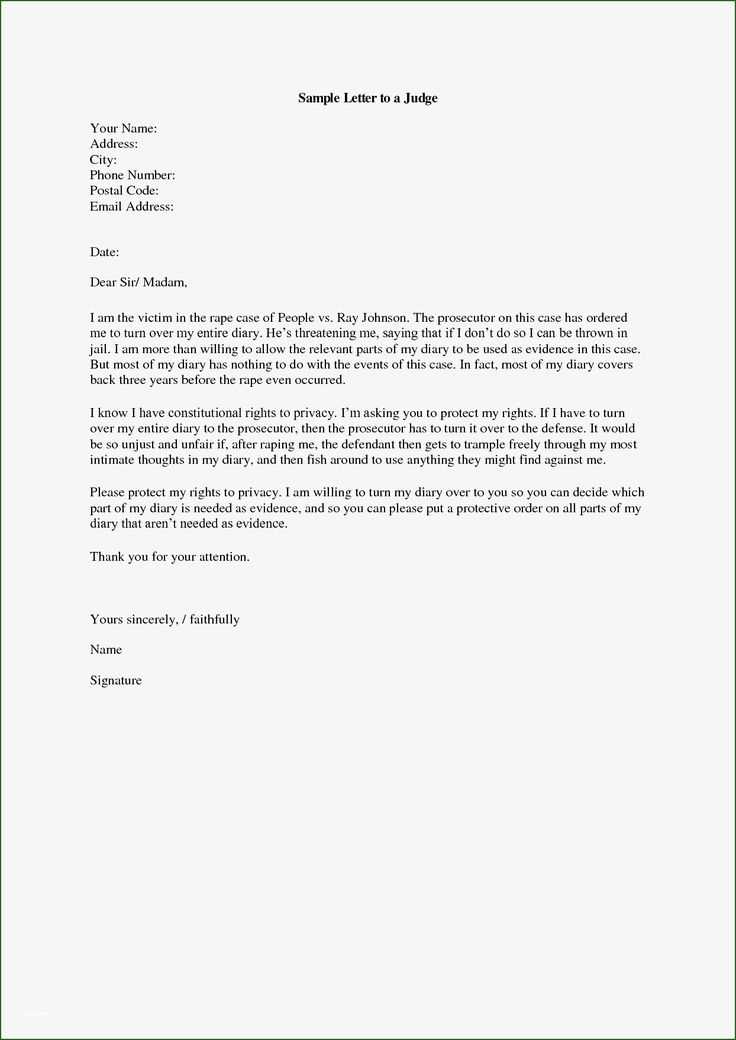
When communicating with a court, it is essential to maintain professionalism and clarity. Whether you are seeking leniency, explaining circumstances, or making a formal request, the right format is crucial for ensuring your message is taken seriously. This guide will help you structure your correspondence, ensuring it meets the necessary standards while addressing the specific purpose effectively.
Key Aspects to Consider
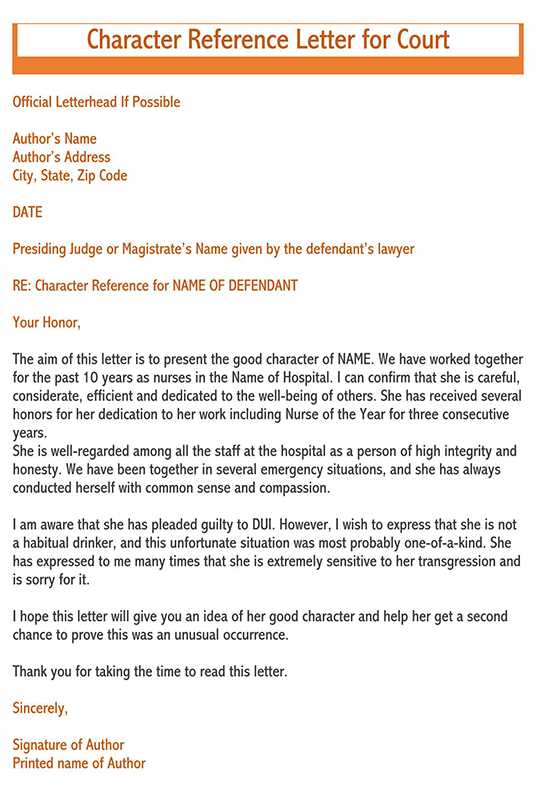
When drafting your communication, there are several critical elements to consider:
- Clear Purpose: State the reason for your message early on. Be direct and precise about what you are requesting.
- Respectful Tone: Use formal language, maintaining respect throughout the message. Address the recipient appropriately, reflecting their position.
- Conciseness: Avoid unnecessary details. Focus on the most important information, making your point clearly and briefly.
Common Mistakes to Avoid
While writing, some common pitfalls can undermine the effectiveness of your communication:
- Over-explaining: Providing excessive details can make your message less focused and harder to follow.
- Informal Language: Even if you know the recipient personally, avoid colloquial terms or casual phrasing in your message.
- Failure to Proofread: A message with errors or typos can create a negative impression. Always review your work before sending.
Addressing the Court Official
It is important to know how to address the person you are writing to. Use proper titles such as Honorable followed by their last name. If unsure, researching the correct form of address or checking court protocols will help avoid mistakes.
When to Submit Your Communication
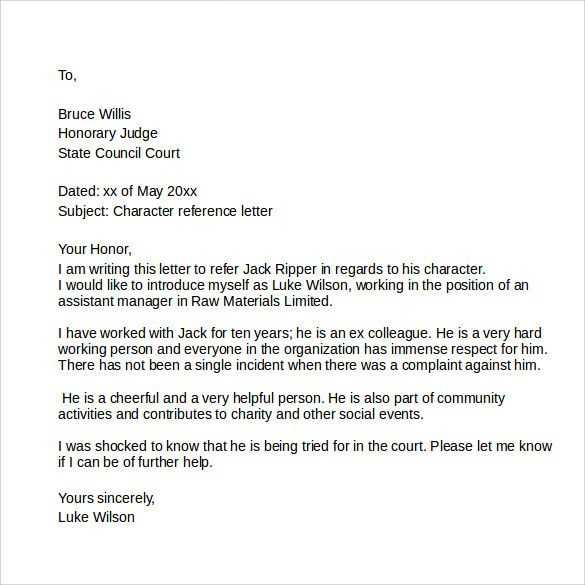
Timing plays a significant role in the process. Submit your request at the appropriate time, allowing the recipient enough time to review it before any hearings or decisions are made. Check the court’s specific guidelines for deadlines related to submitting documents.
Example: If you are asking for a continuance, your message should reach the court well in advance to allow time for review.
Understanding the Purpose of a Formal Request to the Court
Communicating with the court requires a structured and formal approach. Whether you’re seeking a change in a decision, providing relevant information, or requesting leniency, presenting your message clearly and respectfully is essential. A well-crafted communication ensures that your intentions are conveyed effectively and considered seriously by the court.
Key Elements to Include in Your Message
There are several essential components that should be included in any formal communication with the court:
- Introduction: Start with a clear statement of your purpose for writing. Be concise about the request or issue at hand.
- Relevant Details: Provide necessary information that supports your case, such as dates, events, or circumstances.
- Request: Clearly articulate what you are asking for, ensuring that your request is specific and reasonable.
- Conclusion: Finish with a polite closing, reaffirming your respect for the court and the official’s time.
Tips for Crafting a Clear and Professional Document
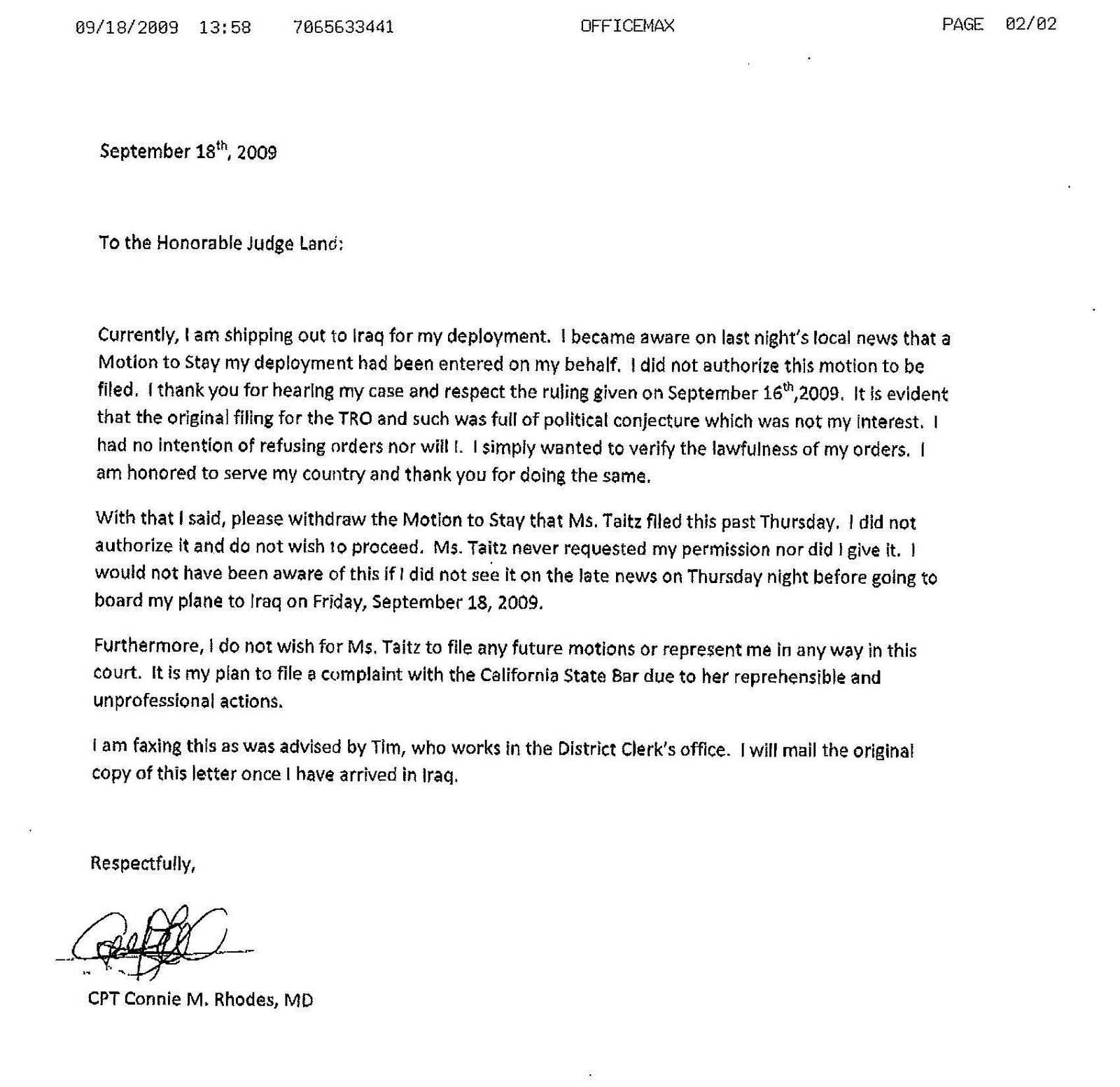
To ensure your communication is both professional and effective, consider these tips:
- Use Formal Language: Maintain a respectful tone throughout, avoiding colloquial expressions or slang.
- Stay Concise: Focus on the most important points without unnecessary elaboration.
- Be Direct: State your main point early, so the reader understands the purpose of your message without ambiguity.
By following these guidelines, you can ensure your request is taken seriously and viewed professionally by the recipient.
Common Errors to Avoid When Drafting
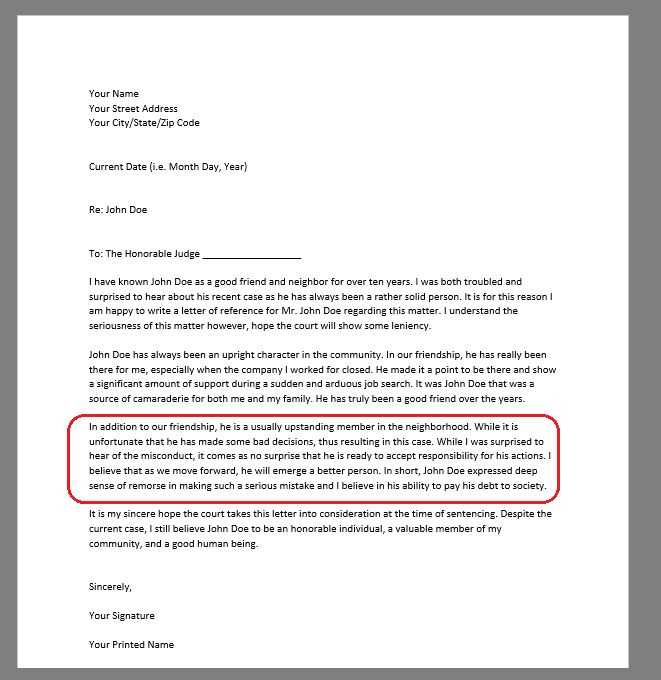
While drafting your communication, avoid these common mistakes:
- Overly Casual Tone: Using informal language or slang can undermine the seriousness of your request.
- Lack of Focus: Including irrelevant details or going off-topic can make it difficult for the recipient to understand your main point.
- Ignoring Formatting: Poor organization, such as long paragraphs without breaks, can make your document difficult to read.
By being mindful of these errors, you increase the chances of your message being well-received and understood.
How to Properly Address a Court Official
Addressing the court properly is an important part of maintaining respect. Always use formal titles, such as Honorable, followed by the last name of the court official. If unsure, you can check court protocols or use the title “Judge” along with their full name.
When to Submit Your Document to the Court
Timing plays a crucial role. Submit your document well in advance of any scheduled hearings or deadlines. Ensure that your communication reaches the court in time for proper consideration. Each court may have specific timelines for submitting such documents, so it’s vital to be informed of these deadlines.